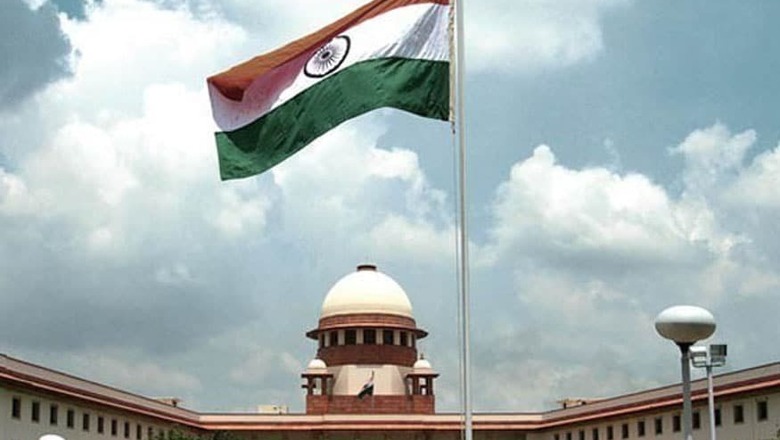
views
New Delhi: Although the Supreme Court has passed 51,534 judgments since it came into existence on January 26, 1950, and has risen in productivity with each passing chief justice, it still only passes an average of two (2.24) judgments a day, an analysis by Brookings India has revealed.
The study on the ‘Performance of the Supreme Court and Tenure of Chief Justices of India’ by Mudit Kapoor, associate professor at the Indian Statistical Institute, and Shamika Ravi, director of research at Brookings India, assesses the “productivity” of the apex court under different CJIs in terms of “accomplished adjudications” between the date of its establishment and September 2, 2019.
According to the findings, key observations were made in five areas — accomplished adjudications (judgments passed), length of tenure, number of judgments passed per day, proportion of ‘judgment days’, and productivity of the apex court.
During the 69-year period when the country saw 46 CJIs take charge, the average number of judgments passed during the tenure of a chief justice is 1,120.
The lowest number of judgments — 48 — was passed under CJI Amal Kumar Sarkar (March 16, 1966, to June 29, 1966), while the tenure of CJI KG Balakrishnan witnessed the passing of the highest number of verdicts — 7,069.
Although CJI YV Chandrachud held office for a total of 2,696 days (a little over seven years), the mean tenure of a CJI has been 552 days, the study found. The analysis assumes significance given the pending status of a huge number of cases at the highest court.
As per PRS Legislative Research, the number of pending cases at the Supreme Court has increased from 40% in 2006 to 54% till April 2018. Estimates account that there are over three crore pending cases across the Supreme Court, high courts and subordinate courts in the country.
However, the disposal rate at the apex court has stayed between 55% to 59%, the research added. This figure is higher than the disposal rate of high courts (28%) and subordinate courts (40%).
The high disposal rate reflects positively in Brookings India’s analysis as well. The study focused on the proportion of ‘judgment days’ in the analysis, when at least one or more judgments were passed in a day during the CJI’s tenure.
According to results, 55% days under the tenure of all CJIs saw no accomplished adjudication by the Supreme Court. This means that 45% days under all CJIs saw at least one judgment being passed each day.
Taking together the number of verdicts passed per day by the Supreme Court and the proportion of judgment days, Kapoor and Ravi attempted to also calculate the productivity of the apex court. The relationship between the two variables reflected that the number of judgments passed per day by the Supreme Court is increasing at a rate proportional to the number of judgment days under that particular CJI.
What this essentially means is that between CJI-A and CJI-B, for instance, given both have the same length of tenure, the latter would have a higher number of judgments passed in a day.
Additionally, the study also found that with just a 10% increase in the proportion of at least one or more judgments passed in a day, the Supreme Court would be able to pass 14,359 judgments.




















Comments
0 comment